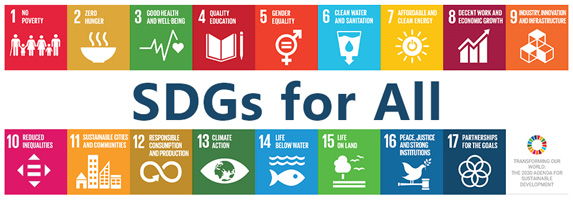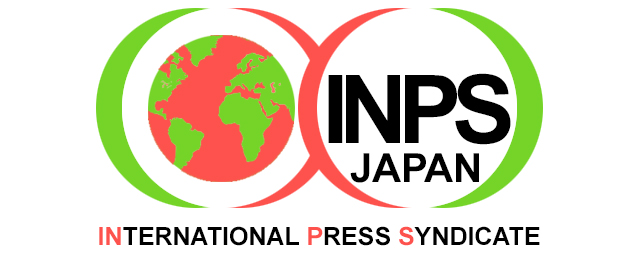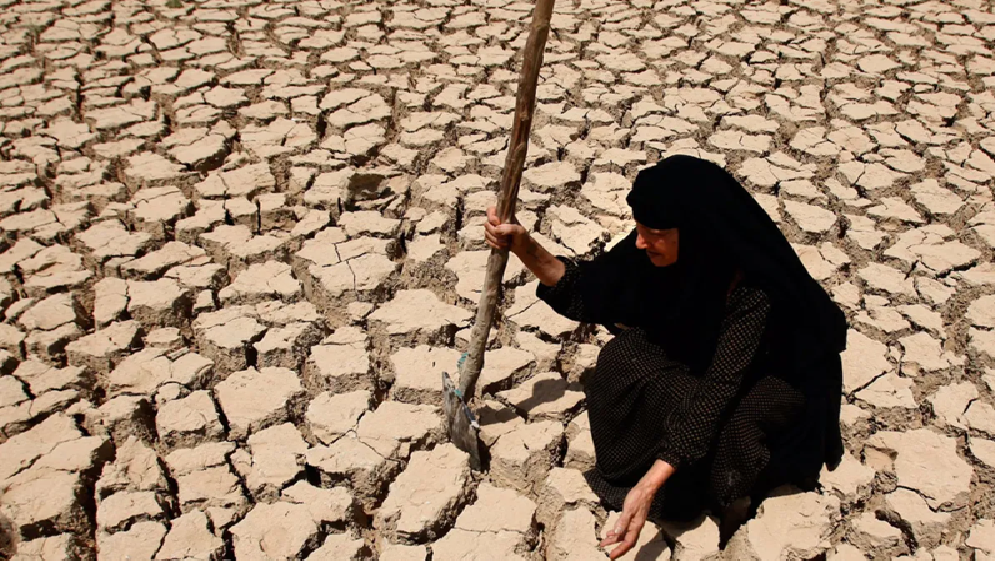By Shabnam Delfani
London (London Post) – While global attention fixates on political unrest and military conflicts, a silent catastrophe unfolds: water bankruptcy, a crisis where demand irreversibly outstrips supply, threatening ecosystems and human survival. Iran stands at the epicenter of this disaster, but the issue reverberates worldwide, from parched river basins to overexploited aquifers.|JAPANESE|POTUGUESE|TURKISH|
In Iran, over 85% of renewable freshwater resources are depleted, far exceeding the United Nations’ sustainability thresholds. Lake Urmia, once the Middle East’s largest saltwater lake, has lost 90% of its volume, reduced to a cracked expanse of salt. The Zayandeh-Rood river, a lifeline for ancient cities, now lies dry for months, igniting protests in Isfahan. Across 28 of Iran’s 31 provinces, 90 million people grapple with severe water stress, facing drought, food insecurity, and ecological collapse.
Over 1.2 million illegal wells drain aquifers formed over centuries, accelerating desertification. This is not merely an environmental failure but a human rights emergency, as water and food security—enshrined in UN Resolution 64/292 and Article 25 of the Universal Declaration of Human Rights—are eroded. Globally, water bankruptcy manifests in diverse yet parallel crises.
In 2018, Cape Town, South Africa, narrowly averted “Day Zero,” when taps would run dry, after years of drought and overconsumption.
Australia’s Murray-Darling Basin, a critical agricultural hub, suffers from overallocation and climate-driven droughts, reducing river flows and devastating ecosystems. In California, USA, over-pumped aquifers have caused land subsidence, with groundwater levels dropping up to 100 feet in some areas.
India’s Punjab region, a breadbasket, faces groundwater depletion from intensive irrigation, with 78% of wells classified as overexploited.
In Mexico City, over-extraction has caused the city to sink by up to 10 meters, while the Colorado River, shared by the US and Mexico, often fails to reach its delta due to upstream diversions. These cases underscore a global pattern: mismanagement, climate change, and unchecked demand are pushing water systems toward collapse.
In Iran, domestic mismanagement amplifies natural scarcity. Decades of poor governance have prioritized water-intensive crops like rice and sugarcane in arid regions, straining scarce resources. Inter-basin water transfers and outdated irrigation practices, with 90% of agricultural water lost to inefficiency, exacerbate the crisis. A “dam construction mafia” has built poorly planned dams, disrupting river flows and displacing communities. Environmental experts are sidelined, their warnings ignored. Meanwhile, international sanctions compound the disaster by blocking access to modern water treatment technologies, irrigation innovations, and climate finance. While sanctions don’t target the environment explicitly, their impact is undeniable: stalled restoration projects, halted research, and paralyzed sustainable development efforts leave Iran ill-equipped to adapt.
Women in rural Iran bear a disproportionate burden. As primary managers of household water and food production, they face grueling treks to collect water, soaring food prices, and heightened domestic stress when resources vanish. Yet, they are largely excluded from water governance, a systemic oversight that undermines solutions. Empowering women’s knowledge and leadership is not just just—it’s essential. Iran’s crisis ripples beyond its borders, threatening regional stability. The drying of shared rivers like the Helmand, Tigris, and Aras risks escalating tensions with Afghanistan, Iraq, and Turkey. Internal displacement from rural to urban areas strains cities, fueling unrest and reshaping demographics. Without action, food shortages and climate migration could destabilize the Middle East, with global repercussions. The world cannot ignore these stakes.
Globally, transboundary water disputes are rising. The Nile River’s Grand Ethiopian Renaissance Dam has sparked tensions with Egypt and Sudan, who fear reduced flows. In Central Asia, the Amu Darya’s overuse threatens livelihoods in Uzbekistan and Turkmenistan. These conflicts highlight the need for cooperative water management, a lesson Iran’s neighbors must heed. Addressing water bankruptcy demands urgent, coordinated action.
In Iran, the government must declare a national water emergency to unlock international support and fast-track reforms. Agricultural practices need overhaul: replacing 30% of water-intensive crops with drought-resilient varieties, modernizing irrigation across 5 million hectares, and funding regenerative farming could save billions of cubic meters annually. Illegal water extraction must stop, using satellite monitoring to seal unauthorized wells and enforce provincial groundwater quotas. Empowering women and youth is critical—ensuring 30% female representation on water boards and launching a Youth Climate Corps for data collection and innovation would harness untapped potential.
Water diplomacy must be revived through regional treaties and independent oversight to manage shared rivers equitably. The United Nations Development Programme (UNDP) in Iran must shift from symbolic projects to a transparent, justice-focused role, prioritizing climate resilience over metrics. Globally, similar measures are needed.
Australia’s Murray-Darling Basin Authority has introduced water buybacks to curb overallocation, a model for sustainable allocation. Israel’s drip irrigation systems, which save 60% of water compared to traditional methods, offer a blueprint for efficiency. Jordan’s water harvesting initiatives demonstrate low-cost solutions for arid regions. These successes show that solutions exist but require political will and investment.
Water is not a political weapon, nor is food a sanctionable commodity. Environmental justice is non-negotiable, rooted in the UN Charter, the 2030 Sustainable Development Goals (SDGs), and international human rights frameworks. SDG 6 (Clean Water and Sanitation) and SDG 13 (Climate Action) cannot be achieved if water security is politicized or ignored.
Iran’s collapse is not a distant warning—it’s a present reality. Globally, 2 billion people live in water-stressed regions, a number projected to rise to 3.5 billion by 2050. The UN estimates that 40% of the world’s population faces water scarcity, with 700 million at risk of displacement by 2030 due to drought. These numbers are not abstract—they represent lives, livelihoods, and ecosystems on the brink. The international community’s silence on Iran’s crisis is complicity. Bureaucratic delays and political caution must yield to bold action. The UN, governments, and civil society must prioritize water as a human right, not a bargaining chip.
In Iran, the government, UNDP, and global partners must act swiftly to avert further collapse. Globally, nations must learn from Iran’s plight, investing in sustainable water management before their own systems fail. The principles of peace, dignity, and justice—enshrined in the UN Charter—depend on water security. The world cannot afford to wait until the last river runs dry to act. Iran’s water bankruptcy is a moral and regional failure, a stark reminder that inaction has consequences. Let us act now, before the global water crisis becomes humanity’s undoing.
This article is produced to you by London Post, in collaboration with INPS Japan and Soka Gakkai International in consultative status with UN ECOSOC.
Author,Prof.Shabnam Delfani,is Green Ambassador for the MENA Region and World Women Peace Ambassador.
INPS Japan




